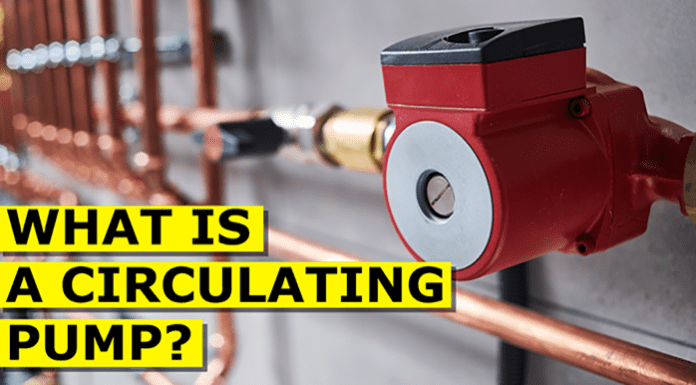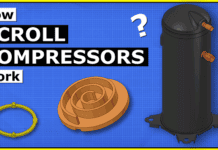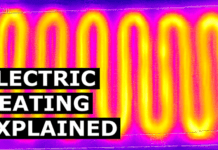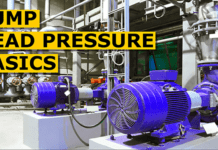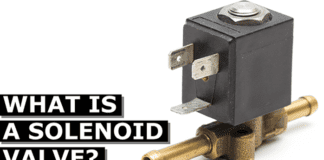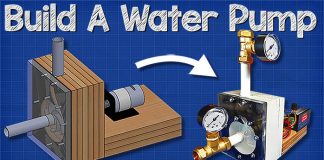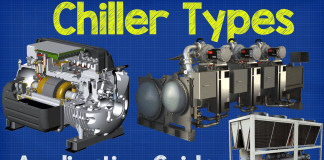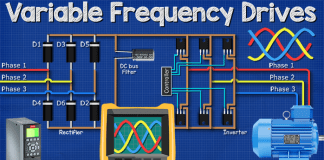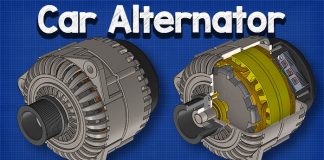In this article, we’re going to talk about the circulating pump, why it’s important and what circulating pumps are used for.
State Supply is your source for steam and hydronic heating system components, such as steam traps, valves, controls, and pumps (including the industry’s top brand like Bell & Gossett, Taco, and more). Visit www.statesupply.com or call us toll-free at 877-775-7705 for an unparalleled selection of products, knowledgeable experts, and outstanding customer service.
Scroll to the bottom for the YouTube tutorial.
Circulating pumps come in many shapes, colours and sizes but they will typically look something like these.
These pumps are inline centrifugal type pumps which means they’re inlet and outlet are aligned and the method of moving water is via centrifugal forces .
We’re going to find these pumps used to circulate hot water around a heated water circuit. That way when we open a tab we almost instantly have hot water, otherwise every time we open a tap we would have to wait for hot water to flow through the entire system. In hydronic heating systems we will also find these pumps used to circulate heated water between the boilers and radiators or other type of heat exchangers. We might also find circulating pumps used in larger heating systems to supply heat to different parts or zones within a building.
So how does the circulating pump work?
First of all water enters the pump via the inlet and enters the eye of the impeller. The water will be trapped between the blades of the impeller within the pump housing. Electricity enters the terminal box and flows through the motor windings, the capacitor helps create a rotating magnetic field and this rotating magnetic field forces the rotor to spin. Attached to the rotor is the shaft. The shaft runs from the motor and down into the pump housing where it connects onto the impeller. As the rotor rotates, so does the shaft and the impeller. As the impeller rotates, it imparts kinetic energy or velocity onto the water and this moves outwards. By the time the water reaches the edge of the impeller, it has reached a very high velocity. This high speed water flows off the impeller and into the volute where it hits the wall of the pump casing, this impact converts the velocity into potential energy or pressure. As the water moves outwards and off the impeller, its going to create a region of low pressure at the centre which pulls more water in and so a flow develops. The volute channel has an expanding diameter as it spirals around the circumference of the pump casing. As this increases, the velocity of the water will decrease. This results in the pressure increasing, the expanding channel therefore allows more water to keep joining and converting into pressure. So the discharge outlet is therefore a higher pressure than the suction inlet. The high pressure at the outlet allows us to force water to circulate through the pipework and be drawn off where and when its needed.

